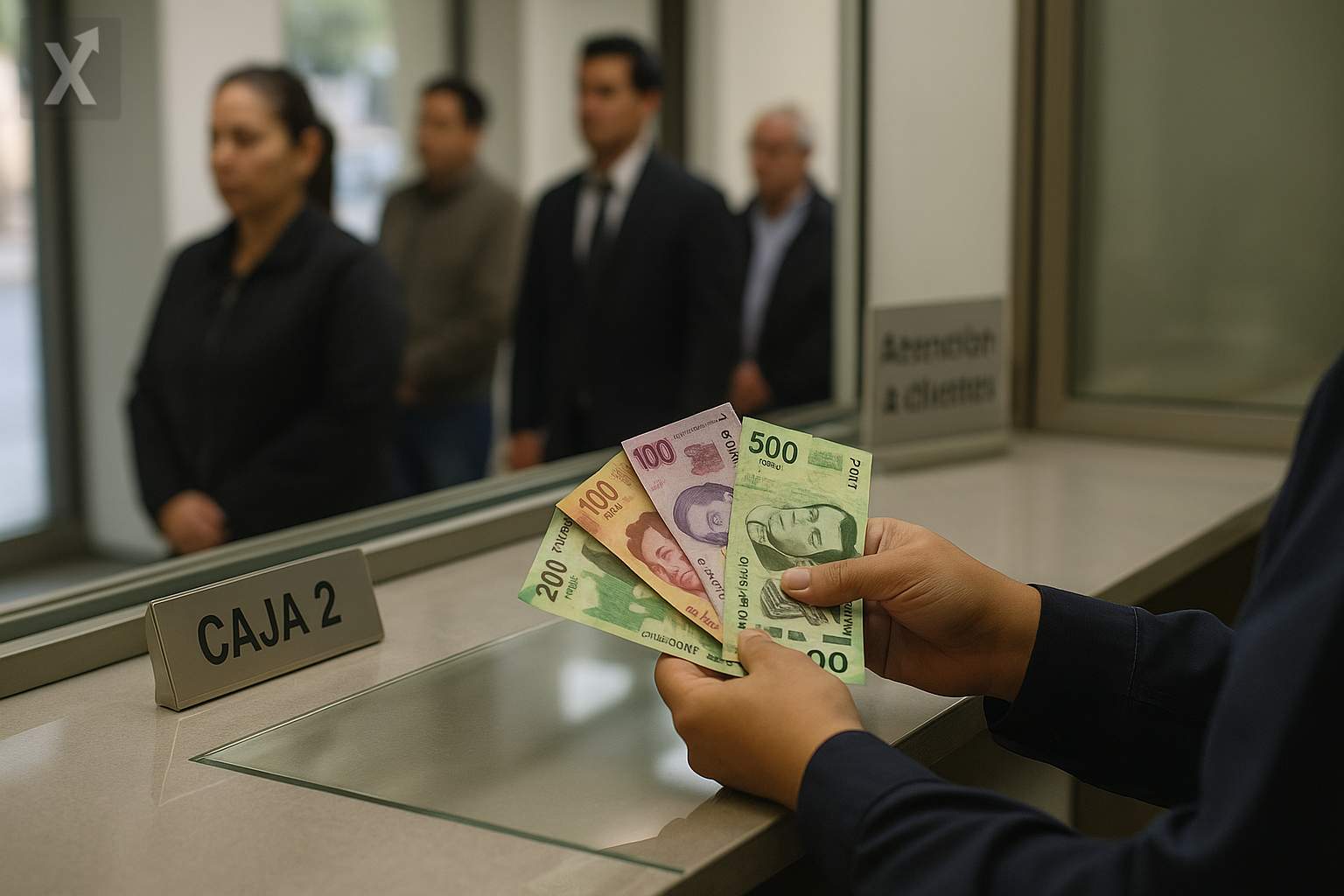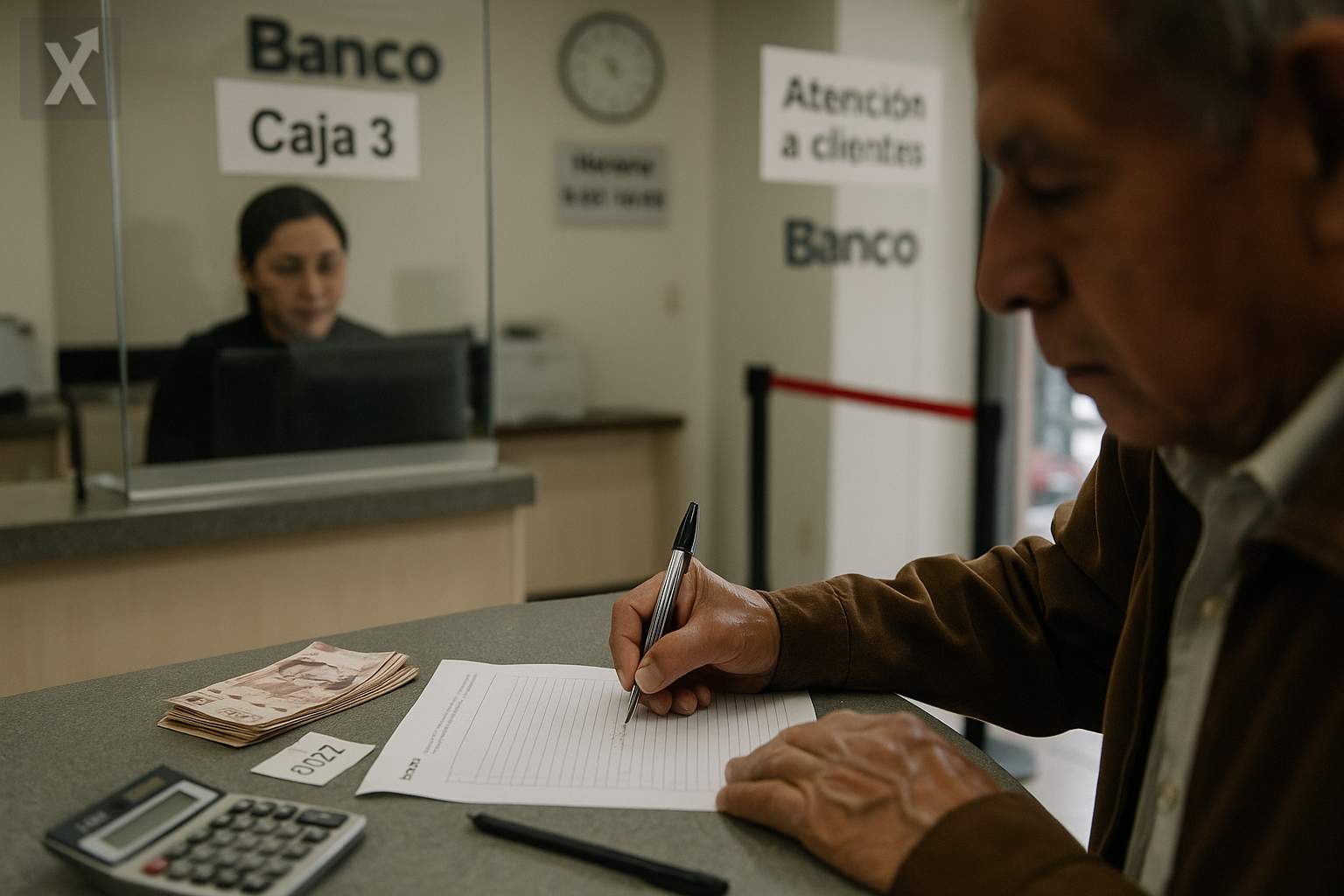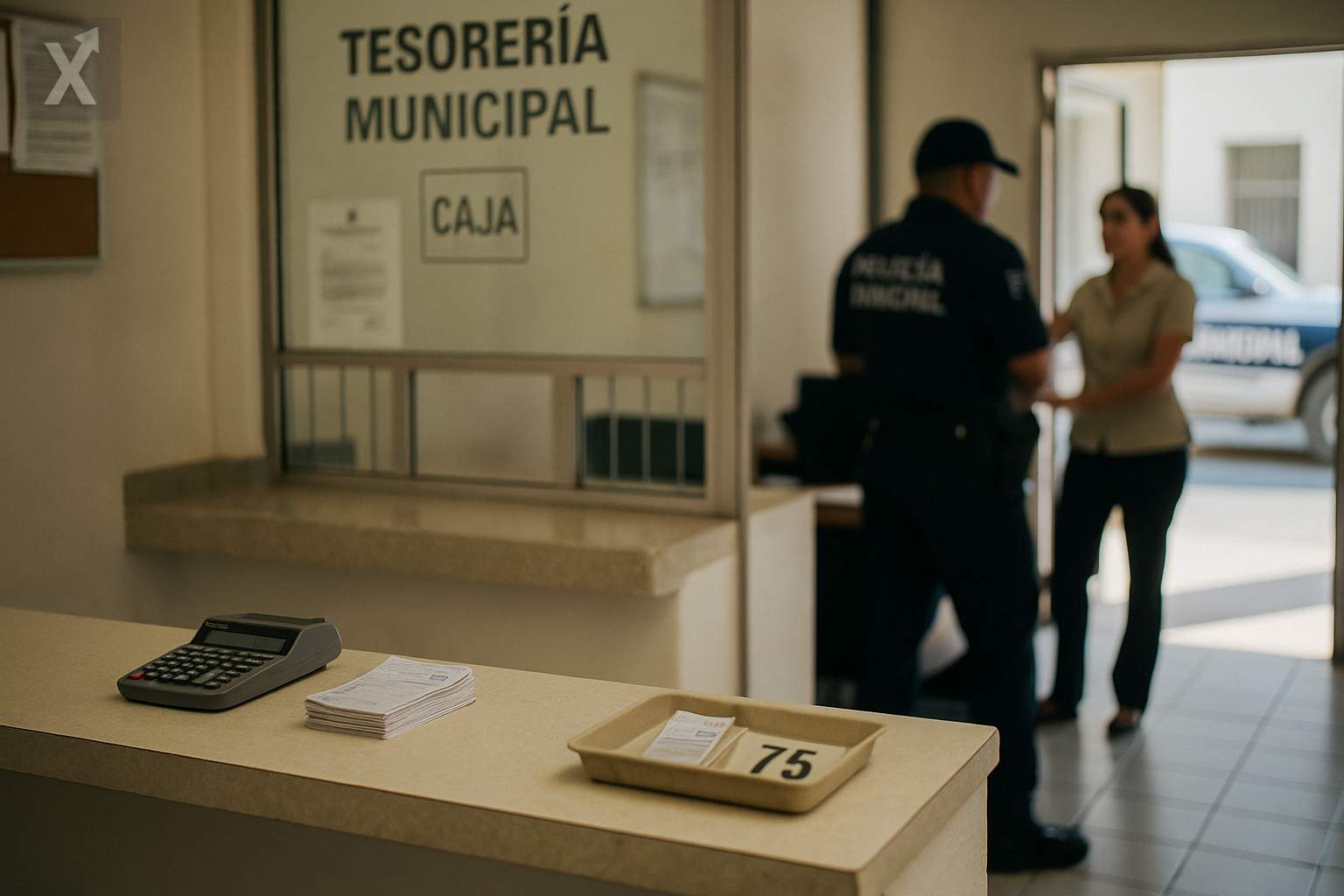Mexico’s Economic Activity Rebounds in April, Driven by Services Sector

In April 2024, the Mexican economy showed signs of recovery following a disappointing performance the previous month. According to the Global Indicator of Economic Activity (IGAE) released by the National Institute of Statistics and Geography (Inegi), national economic activity posted a monthly increase of 0.5%, outperforming forecasts from various analysts who had predicted more modest growth (0.2%). This result offset the -0.2% drop observed in March and suggests a greater resilience in the economy despite a high level of uncertainty both locally and globally.
On an annual basis, after adjusting for inflation, the national economy grew by 1.4% in April. Breaking it down by sector, tertiary activities—those related to commerce and services—were the main drivers of growth, with a 0.9% increase over the previous month. Meanwhile, secondary activities, which include the manufacturing industry, barely advanced by 0.1%, reflecting subdued domestic demand and ongoing challenges in industrial sectors. In contrast, primary activities (agriculture and livestock) declined by 3.7% month-over-month, reversing the solid performance seen in previous months—possibly due to adverse weather conditions and fluctuations in international prices.
The April reading was more encouraging than what was expected from the Timely Indicator of Economic Activity, which had estimated a monthly contraction of 0.3%. Looking ahead to May, forecasts suggest more moderate growth, around 0.1%, and experts warn that the Mexican economy could face some deceleration in the second half of the year due to cooling economic conditions in the United States and the lagging effects of both local and global monetary tightening.
Despite the overall improvement in the IGAE, there are still cautionary signs regarding domestic consumption. Retail sales by commercial businesses fell 1% in April compared to March in real terms. Sectors such as groceries, food, beverages, ice, and tobacco posted a 4.3% annual decline, while hardware and glass stores dropped 6.3%, and businesses related to motor vehicles, parts, and fuel fell 5.5%. This performance suggests that households are still feeling the impact of inflation and rising borrowing costs.
In summary, the Mexican economy demonstrated resilience in April, mainly bolstered by the services sector. However, the decline in retail consumption and primary activities highlights the challenges facing the recovery, especially amid a volatile global environment and tighter financial conditions. Moving forward, growth may slow, making it essential to closely monitor key indicators such as employment, consumption, and investment to anticipate scenarios for the remainder of the year.
Mexico’s economy continues along a path of moderate and uneven growth across sectors. Although the recent rebound sends positive signals, weak consumer spending and a slowdown in industry underline the need to strengthen domestic demand and diversify growth drivers in order to consolidate the country’s economic recovery within an uncertain international context.






